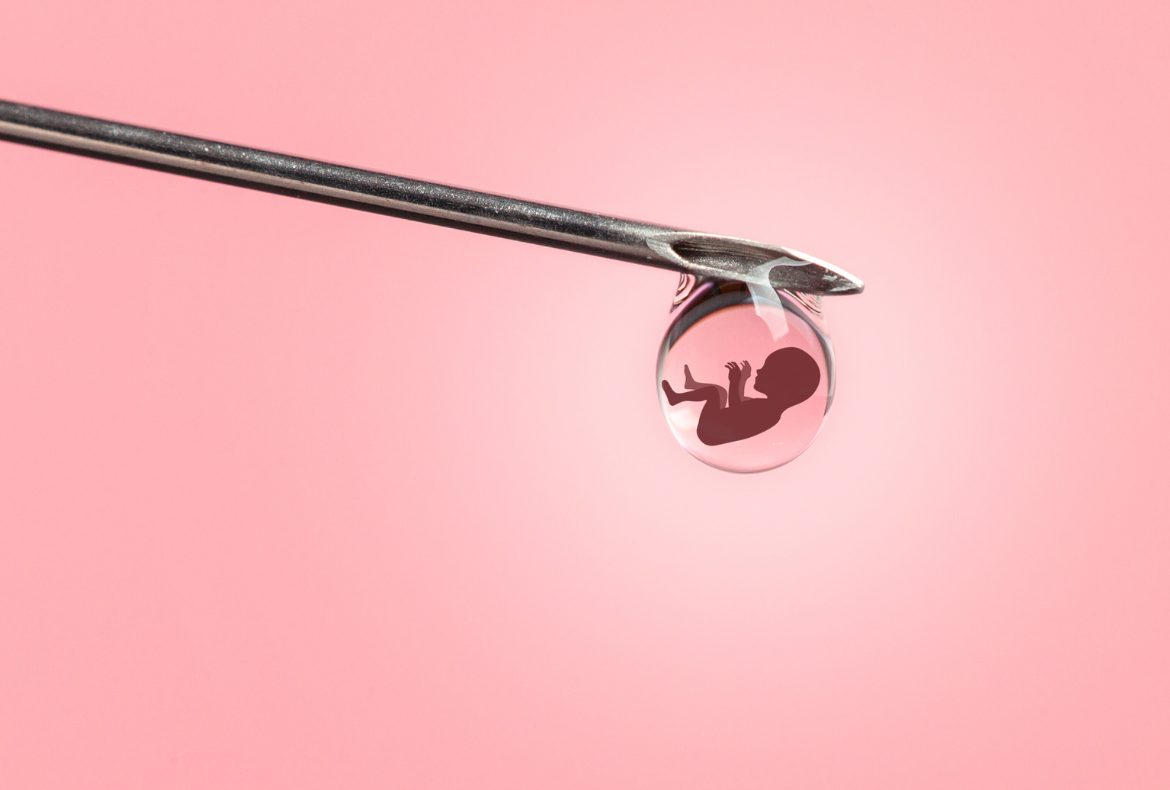
The term “preimplantation genetic screening” refers to a range of genetic examinations carried out on embryos before their implantation in the uterus with the purpose of detecting any abnormalities in their chromosomes. The abbreviation for “preimplantation genetic testing,” or PGT, is “PGT.” In vitro fertilisation is a technique that is utilised throughout the procedure (IVF). One or more cells from each embryo are collected and analyzed for their genetic make-up. Embryos that have not been damaged genetically are placed in the uterus, where they have a chance to implant themselves in the lining and produce a pregnancy.
Who are some qualified candidates for the PGD?
- Women aged 37 and older (due to a higher risk of faulty embryo genetics with normal reproductive ageing)
- Couples have a chance of transmitting a genetic problem down to their offspring if they have children.
- In the past, repeated miscarriages that were attributed to chromosomal abnormalities
What steps comprise the preimplantation genetic diagnosis (PGD) process?
PGD is subdivided into numerous processes that are completed by several laboratories and professionals.
- In-vitro fertilization (IVF), which can be accomplished either through conventional IVF or intracytoplasmic sperm injection (ICSI), is the initial stage. After fertilization, fertilized embryos are raised for 3 to 5 days.
- The second step is the embryo biopsy. On the third or fifth day of embryonic development, a biopsy is carried out.
- The day after the cells are biopsied and deposited in test tubes, the tubes are brought to the lab for inspection. In a laboratory, the cell is analyzed.
- Usually, the findings are accessible after more than a day. So the embryos must be frozen quickly using a process called vitrification.
- The last step is the transfer of the frozen embryo back into the uterus once it has been thawed, generally involves a single embryo with a normal PGS result in the next cycle.
- The woman receives a pregnancy test 12 days after the embryo transfer. A positive pregnancy test shows that an embryo has been implanted.
How likely is it to have a child with PGD?
Because there is now little information available, it is challenging to evaluate PGD success rates. Most women who receive this medication do so out of concern about a hereditary condition rather than inability to conceive.
The woman’s age and if an underlying reason of infertility has been discovered are two of the numerous variables that affect whether fertility treatments are successful.
There are situations when no embryos are viable for transfer to the womb, including
The embryos are harmed when cells are removed from the eggs to be examined, there is insufficient egg production or fertilization, or the genetic illness affects every embryo.
Fertility Care

Contact Us







